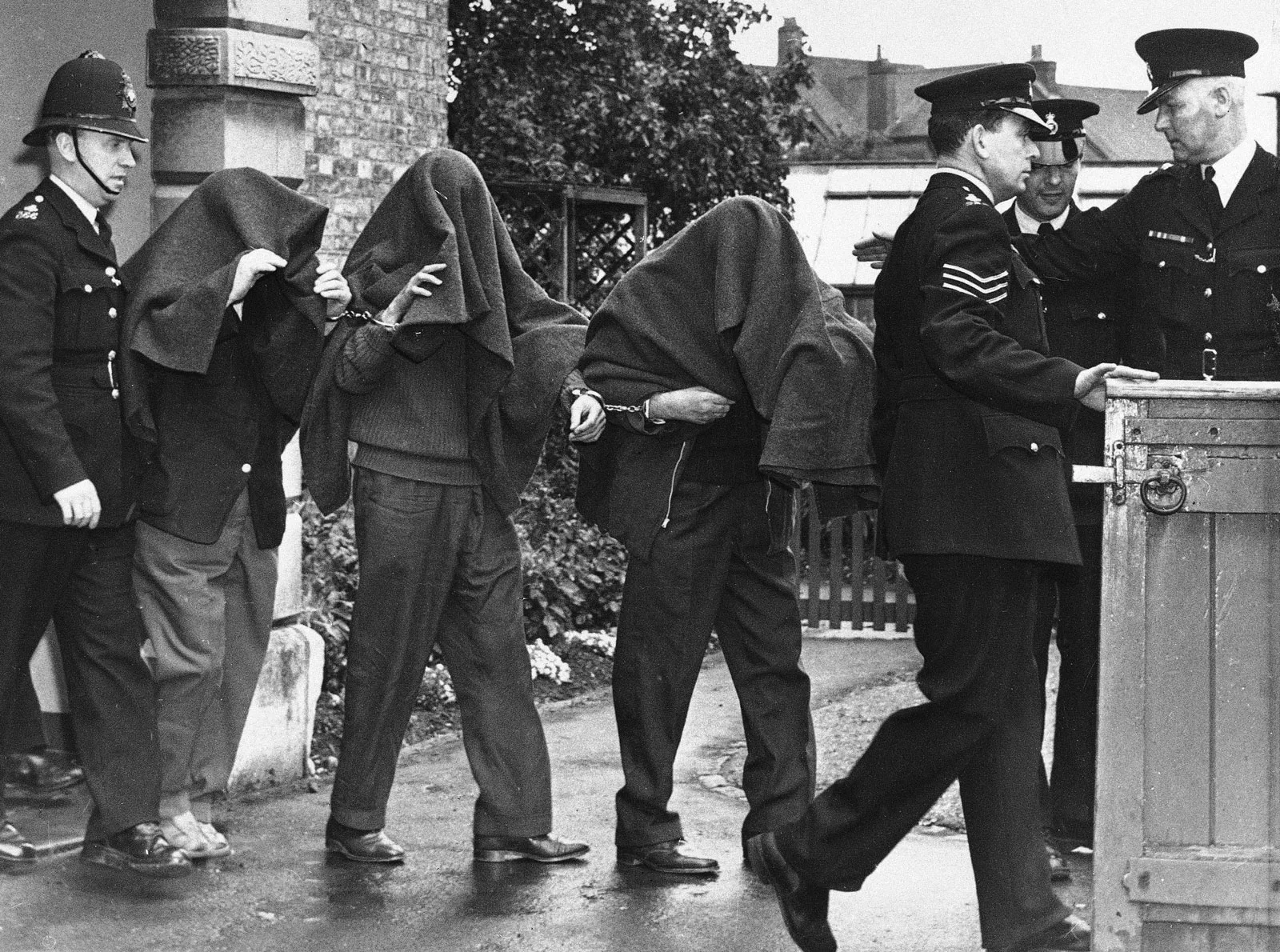zoomacademia.com – The Great Train Robbery of 1963 remains one of the most notorious and daring crimes in British history. On the morning of August 8, 1963, a group of criminals managed to pull off a meticulously planned heist that saw them steal £2.6 million (equivalent to around £53 million today, adjusted for inflation) from a Royal Mail train traveling between Glasgow and London. Despite the sheer audacity of the crime, the robbers were eventually caught and the story of their heist remains a fascinating chapter in criminal history.
The Setup: A Carefully Orchestrated Plan
The train in question was a Royal Mail special, which carried valuable goods and cash from Scotland to London. It was a routine run, and it was well known to those who had been following the logistics of the railway system. The plan was put together by a criminal gang led by a man named Bruce Reynolds, a mastermind with extensive knowledge of the rail system and the inner workings of the British criminal underworld.
Reynolds and his team spent months preparing for the robbery. They had gathered intelligence, studied the train’s schedule, and even scouted out a remote location in the countryside where they could intercept the train. They knew that the train would stop at a signal box near Ledburn, Buckinghamshire, where a signalman would need to change the signal. This moment would be crucial, as the robbers intended to stop the train at this location, overpower the crew, and make off with the loot.
The Heist
On the fateful day, the gang executed their plan with precision. At around 3:00 AM, the train was stopped by the robbers after the signal was altered. The criminals had previously hijacked a vehicle, posing as maintenance workers, and were able to take control of the signal box. Once the train came to a halt, they quickly overpowered the crew, including the driver, the guard, and the train’s mail staff.
What made the robbery so daring was the scale of the operation. The robbers worked quickly to unload the cash from the train’s carriages, using a fleet of vehicles to transport the stolen money. They made off with the loot in just under 30 minutes, leaving behind only confusion and disbelief in their wake. After the heist, the gang retreated to a secluded farmhouse in Buckinghamshire, where they divided up the spoils.
The Aftermath: A Hunt for the Robbers
Despite the skill and precision with which the crime had been carried out, the robbers did not go undetected for long. In the weeks following the robbery, the police launched a massive manhunt to capture the gang. The investigation was helped by a few key clues, including fingerprints left at the scene and the stolen money, which was eventually traced through serial numbers.
Over the next few months, most of the robbers were arrested. Some of them had already spent their share of the loot, while others tried to evade capture by hiding out in various parts of the country. However, the tight-knit nature of the gang and the police’s dogged determination to solve the case led to their downfall.
Bruce Reynolds, the mastermind behind the operation, was arrested in 1968 and sentenced to 25 years in prison. Several other members of the gang, including the infamous Ronnie Biggs, were also caught and sentenced to long prison terms. Biggs, however, famously escaped from prison in 1965 and spent many years on the run in Brazil before finally returning to the UK in 2001.
Legacy and Cultural Impact
The Great Train Robbery has had a lasting impact on popular culture, inspiring countless films, documentaries, books, and even television series. The audacity and scale of the heist, along with the larger-than-life characters involved, have cemented its place in the annals of British criminal history. The robbery also highlighted the vulnerabilities in the UK’s transportation and security systems, prompting changes to the way trains and their valuable cargo were protected in the future.
The story of the Great Train Robbery is a testament to the ingenuity and daring of the criminals involved, but it is also a story of how even the most meticulously planned heists can ultimately be undone by law enforcement. The robbery remains an iconic example of British criminal history, one that continues to captivate the imagination of people around the world.
Conclusion
The Great Train Robbery of 1963 remains one of the most audacious and infamous crimes in British history. It was a crime that shocked the nation and brought together an eclectic group of robbers who had been meticulously planning the heist for months. Although most of the gang members were eventually captured, their boldness and skill left an indelible mark on both British criminal history and popular culture. The story of the robbery continues to fascinate, serving as a reminder of the fine line between success and failure in the world of crime.







